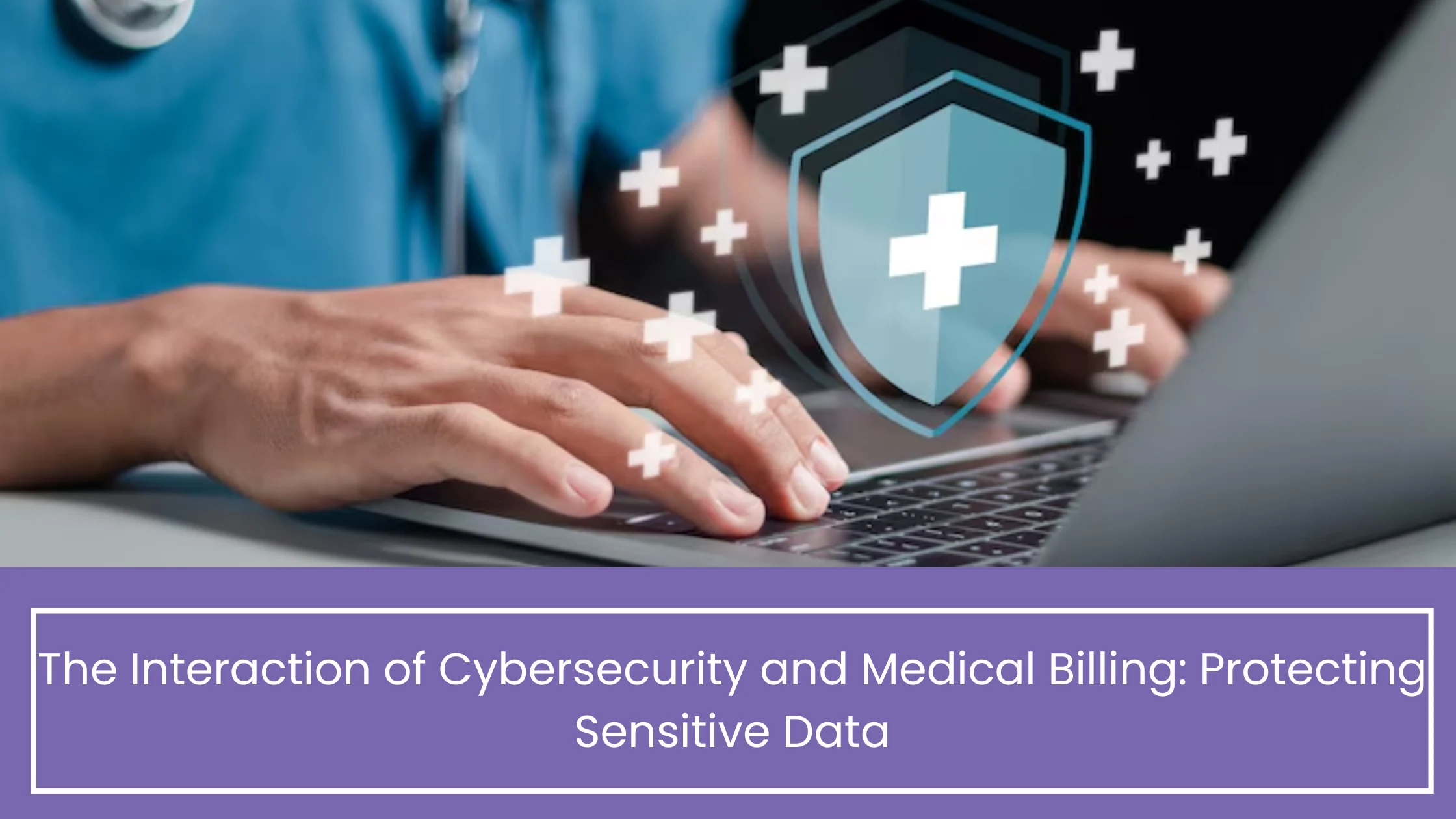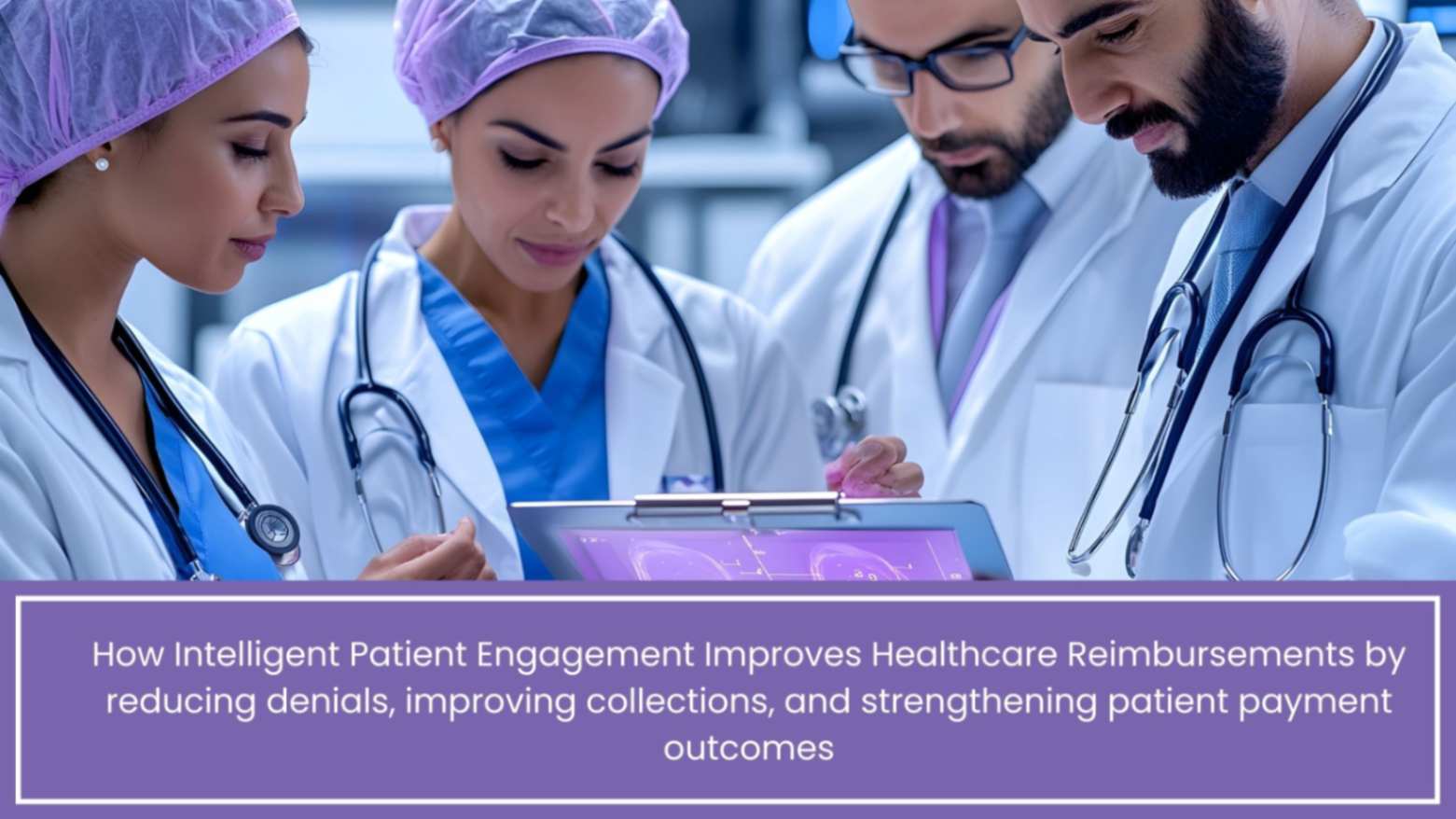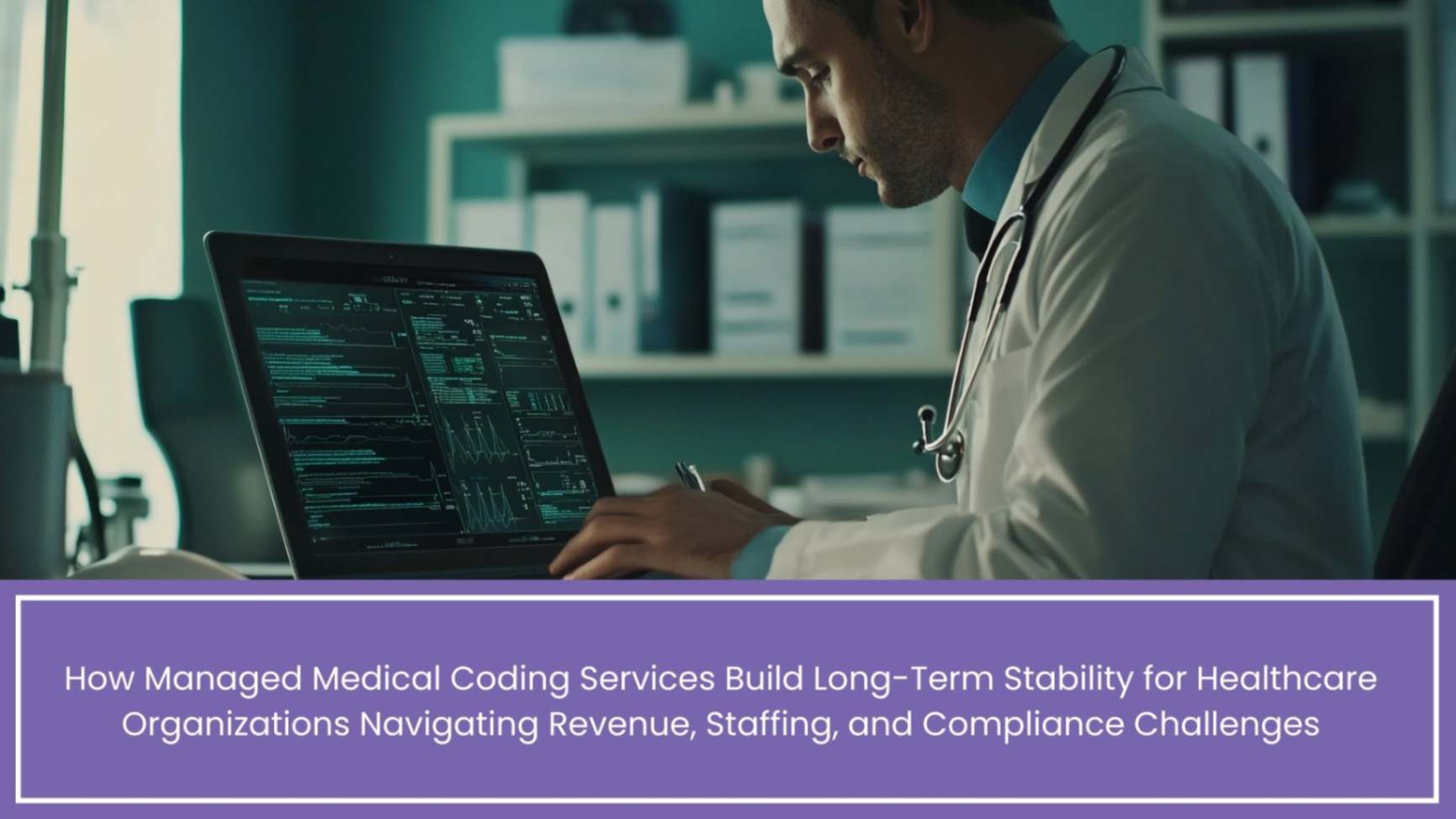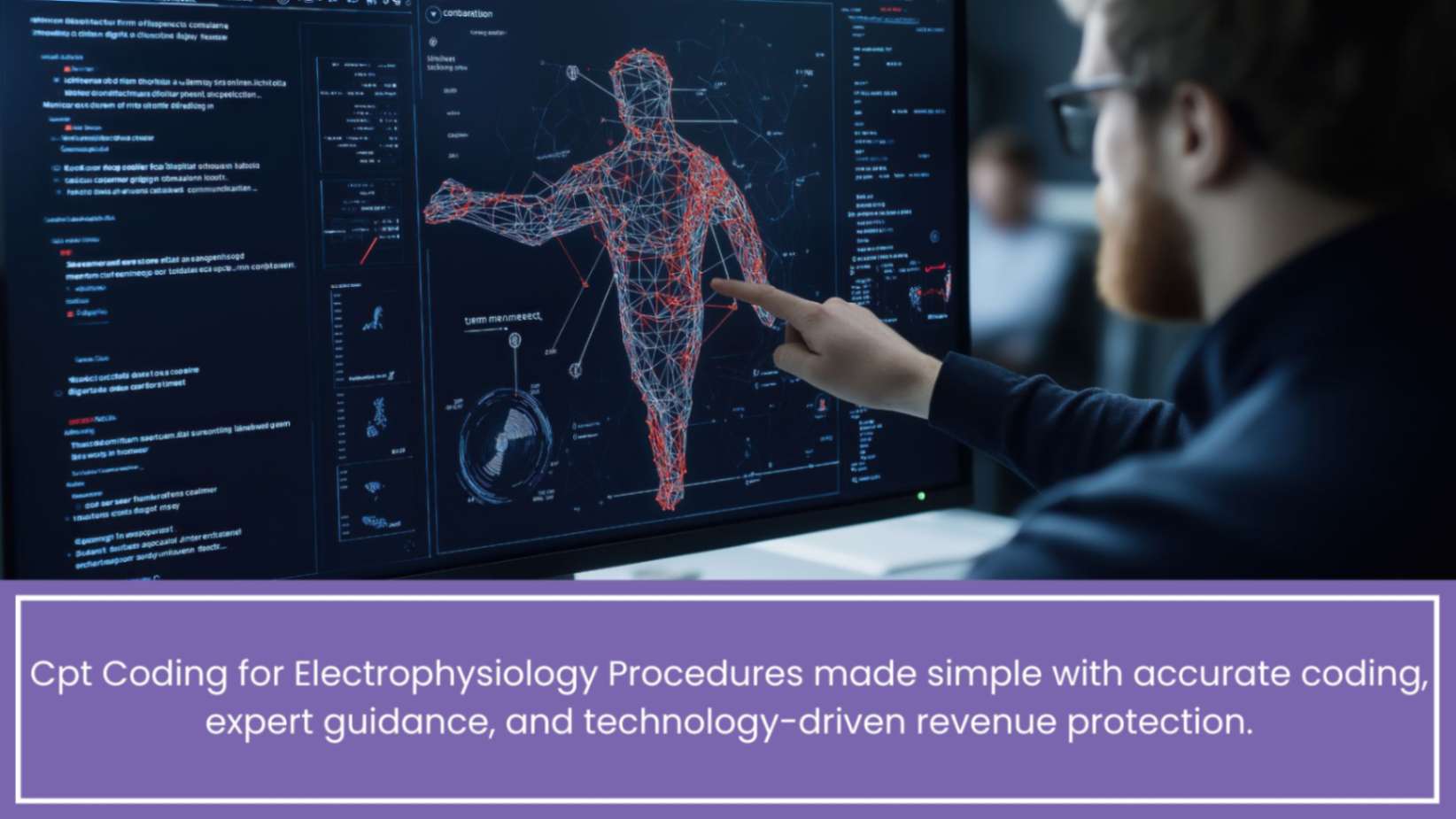The Interaction of Cybersecurity and Medical Billing: Protecting Sensitive Data
In today’s digital era, the healthcare industry is increasingly reliant on technology, particularly in areas like medical billing, where the exchange of sensitive data occurs regularly. This shift towards digitalization has brought about significant benefits, such as improved efficiency, better accuracy, and quicker access to patient information. However, it has also introduced new challenges, particularly concerning cybersecurity. Medical billing involves the processing and storage of vast amounts of sensitive data, including patient health information (PHI), financial details, and other personal identifiers. This makes it a prime target for cyberattacks, with potential breaches leading to severe consequences, both for patients and healthcare providers.
The intersection of cybersecurity and medical billing is not just a technical issue; it’s a matter of trust. Patients entrust healthcare providers with their most intimate information, believing it will be kept confidential and secure. As such, the responsibility to protect this data extends beyond compliance with regulations like the Health Insurance Portability and Accountability Act (HIPAA). It requires a proactive, multi-faceted approach that combines technology, processes, and people.
This blog delves into the critical aspects of protecting sensitive data in medical billing, exploring the cybersecurity challenges faced by the industry, the regulations in place, the role of technology, and best practices for ensuring data security.
Table of Contents
The Growing Threat of Cyberattacks in Healthcare
Understanding the Risks
Healthcare data is among the most valuable assets in the dark web. Unlike financial data, which can be cancelled or reissued, medical records contain immutable personal details, making them more valuable and often sold multiple times for various malicious purposes. Cybercriminals target healthcare organizations for several reasons:
1). High Value of Medical Data: Medical records contain comprehensive personal information, including social security numbers, addresses, medical histories, and insurance details. This data can be used for identity theft, insurance fraud, and even blackmail.
2). Vulnerable Infrastructure: Many healthcare organizations, especially smaller practices and rural hospitals, operate with outdated systems and limited cybersecurity resources, making them easy targets for cybercriminals.
3). Critical Nature of Healthcare Services: Cyberattacks, such as ransomware, can disrupt essential healthcare services, creating an urgency that may compel organizations to pay ransoms quickly to restore operations.
4).Complexity of the Healthcare Ecosystem: The healthcare system involves numerous stakeholders, including hospitals, insurance companies, billing agencies, and government bodies. The extensive exchange of data between these entities increases the risk of data breaches.
Common Cyber Threats in Medical Billing
1). Ransomware Attacks: Ransomware is one of the most significant threats to healthcare organizations. Cybercriminals use ransomware to encrypt an organization’s data and demand payment to restore access. In 2020, the healthcare sector accounted for 79% of all reported ransomware attacks in the United States, with medical billing data often being a primary target.
2). Phishing: Phishing attacks are prevalent in healthcare, where cybercriminals use deceptive emails or websites to trick employees into divulging sensitive information, such as login credentials. Once inside the system, attackers can access patient data and billing information.
3). Insider Threats: Insider threats can come from disgruntled employees or those who unwittingly compromise security. Given the sensitive nature of healthcare data, even a minor lapse in security protocols by an insider can lead to significant breaches.
4). Data Breaches: Data breaches in healthcare can occur due to various reasons, including hacking, lost or stolen devices, or improper disposal of records. The consequences of a data breach are severe, often leading to financial losses, legal penalties, and damage to reputation.
Regulatory Frameworks Protecting Medical Billing Data
HIPAA and Its Implications
The Health Insurance Portability and Accountability Act (HIPAA) is the cornerstone of healthcare data protection in the United States. Enacted in 1996, HIPAA establishes national standards for the protection of PHI and mandates healthcare providers, insurance companies, and their business associates to implement appropriate safeguards.
HIPAA’s Security Rule outlines specific requirements for protecting electronic PHI (ePHI), including administrative, physical, and technical safeguards:
1). Administrative Safeguards: These involve policies and procedures designed to manage the selection, development, and implementation of security measures. This includes risk analysis, security management processes, workforce training, and contingency planning.
2). Physical Safeguards: These refer to the protection of physical access to facilities where ePHI is stored. This includes controlling access to buildings, workstations, and devices.
3). Technical Safeguards: Technical safeguards involve technology and related policies that protect ePHI and control access to it. This includes encryption, access control, audit controls, and transmission security.
Non-compliance with HIPAA can result in hefty fines, legal action, and significant damage to an organization’s reputation. However, compliance alone does not guarantee security. As cyber threats evolve, healthcare organizations must continuously update their security measures to stay ahead.
The Role of the HITECH Act
The Health Information Technology for Economic and Clinical Health (HITECH) Act, enacted in 2009, complements HIPAA by promoting the adoption of health information technology, particularly electronic health records (EHRs). The HITECH Act also strengthens the enforcement of HIPAA’s privacy and security provisions, increasing penalties for non-compliance and expanding the requirements for breach notification.
The HITECH Act has led to the widespread adoption of EHRs, which has transformed the medical billing process. However, this digital shift has also introduced new cybersecurity challenges. Healthcare organizations must ensure that electronic health records (EHR) systems are secure and that they have the necessary safeguards to protect patient data from cyber threats.
GDPR and Its Impact on Healthcare
For healthcare organizations operating in Europe or dealing with European patients, the General Data Protection Regulation (GDPR) is another critical regulatory framework. GDPR, which came into effect in 2018, sets stringent requirements for the protection of personal data, including health information. While GDPR shares similarities with HIPAA, it has broader implications, including the requirement for explicit patient consent, the right to data portability, and the right to be forgotten.
GDPR’s influence extends beyond Europe, as many healthcare organizations worldwide have adopted GDPR-compliant practices to ensure data protection. Non-compliance with GDPR can result in severe penalties, including fines of up to 4% of an organization’s annual global turnover.
The Role of Technology in Securing Medical Billing Data
Encryption: The First Line of Defense
Encryption is a fundamental tool in protecting medical billing data. It involves converting sensitive information into a code that can only be deciphered with the appropriate key. Encryption ensures that even if data is intercepted during transmission or accessed by unauthorized individuals, it remains unreadable.
There are two primary types of encryptions used in healthcare:
1). At-Rest Encryption: This protects data stored on devices, servers, or databases. It ensures that if a device is lost, stolen, or accessed without authorization, the data remains secure.
2). In-Transit Encryption: This protects data as it is transmitted between systems, such as from a healthcare provider to a billing agency. Common methods include Secure Socket Layer (SSL) and Transport Layer Security (TLS).
In the context of medical billing, encryption should be applied at every stage where data is stored or transmitted, including within EHRs, billing systems, and communications between healthcare providers and insurance companies.
Multi-Factor Authentication (MFA): Strengthening Access Control
Multi-factor authentication (MFA) adds an extra layer of security by requiring users to verify their identity through multiple methods before accessing sensitive systems. Typically, MFA combines something the user knows (such as a password) with something the user has (such as a mobile device) or something the user has (such as a fingerprint).
In medical billing, MFA can prevent unauthorized access to systems containing PHI and financial data. Even if a cybercriminal obtains a user’s password, they would still need to pass the second or third authentication factor, significantly reducing the risk of unauthorized access.
Artificial Intelligence and Machine Learning: Proactive Threat Detection
Artificial intelligence (AI) and machine learning (ML) are increasingly being used to enhance cybersecurity in healthcare. These technologies can analyze vast amounts of data to identify unusual patterns or behaviors that may indicate a cyber threat.
For example, AI-driven systems can detect anomalies in billing processes, such as unexpected spikes in activity or unusual access patterns, which could signify a breach. By identifying these threats in real time, healthcare organizations can respond more quickly to mitigate potential damage.
AI and ML can also improve the efficiency of cybersecurity operations by automating routine tasks, such as monitoring logs, updating security protocols, and responding to low-level threats. This allows human cybersecurity experts to focus on more complex challenges.
Cloud Security: Protecting Data in the Cloud
The adoption of cloud-based solutions for medical billing offers numerous advantages, including scalability, cost-effectiveness, and improved access to data. However, it also introduces new cybersecurity challenges. Healthcare organizations must ensure that their cloud service providers adhere to strict security standards, including encryption, access control, and compliance with HIPAA and GDPR.
Cloud security involves a shared responsibility model, where both the healthcare organization and the cloud provider play a role in protecting data. The provider is responsible for securing the infrastructure, while the healthcare organization must ensure that its data is encrypted, access is controlled, and security settings are correctly configured.
Best Practices for Securing Medical Billing Data
Regular Risk Assessments
Conducting regular risk assessments is crucial for identifying potential vulnerabilities in medical billing systems. A risk assessment involves evaluating the current security measures, identifying potential threats, and assessing the likelihood and impact of those threats. Based on the findings, healthcare organizations can implement additional safeguards to mitigate risks.
Risk assessments should be conducted at least annually or whenever there are significant changes to the system, such as the adoption of new technologies or changes in regulatory requirements. The findings should be documented, and any identified risks should be addressed promptly.
Employee Training and Awareness
Human error is a significant factor in many cybersecurity breaches. Employees who are unaware of cybersecurity best practices may inadvertently expose sensitive data to cyber threats. Therefore, regular training and awareness programs are essential for ensuring that all staff members understand their role in protecting patient data.
Training should cover topics such as recognizing phishing emails, using strong passwords, and following proper data handling procedures. Additionally, healthcare organizations should establish clear policies and procedures for reporting suspected security incidents.
Implementing a Comprehensive Incident Response Plan
Despite the best efforts to secure data, breaches can still occur. Having a comprehensive incident response plan in place ensures that healthcare organizations can respond quickly and effectively to minimize damage.
An incident response plan should outline the steps to be taken in the event of a breach, including identifying and containing the threat, notifying affected parties, and restoring systems. The plan should also include procedures for investigating the breach, documenting the findings, and taking corrective actions to prevent future incidents.
Regular drills and simulations should be conducted to test the effectiveness of the incident response plan and ensure that all staff members are familiar with their roles and responsibilities.
Partnering with Cybersecurity Experts
Given the complexity of cybersecurity and the ever-evolving nature of cyber threats, many healthcare organizations choose to partner with cybersecurity experts. These experts can provide specialized knowledge and resources to help organizations implement robust security measures, conduct risk assessments, and respond to incidents.
Cybersecurity firms can also offer managed security services, where they monitor and protect an organization’s systems around the clock. This can be particularly beneficial for smaller healthcare providers that may not have the resources to maintain an in-house cybersecurity team.
Ensuring Compliance with Regulations
Compliance with regulations like HIPAA, HITECH, and GDPR is not just a legal requirement but a critical component of protecting sensitive data. Healthcare organizations must stay up-to-date with the latest regulatory requirements and ensure that their systems and practices align with these standards.
Regular audits should be conducted to verify compliance, and any identified gaps should be addressed promptly. Additionally, healthcare organizations should stay informed about changes in regulations and update their practices accordingly.
In short, The intersection of cybersecurity and medical billing represents one of the most critical areas of focus for healthcare organizations today. As the industry continues to embrace digitalization, the volume of sensitive data being processed and stored will only increase, making it an even more attractive target for cybercriminals. Protecting this data requires a multi-layered approach that combines technology, processes, and people.
Healthcare organizations must adopt a proactive stance, regularly assessing their vulnerabilities, implementing robust security measures, and staying informed about the latest cyber threats and regulatory changes. By doing so, they can not only protect their patients’ data but also maintain the trust that is fundamental to the patient-provider relationship.
Ultimately, cybersecurity in medical billing is not just about compliance; it’s about safeguarding the very foundation of patient care. As healthcare continues to evolve, so too must the strategies and technologies used to protect the sensitive information at its core. The stakes are high, but with the right approach, healthcare organizations can ensure that their patients’ data remains secure, allowing them to focus on what truly matters providing quality care.
Practolytics is dedicated to transforming healthcare revenue cycle management by combining cutting-edge AI technology with expert human insight to deliver trustworthy, efficient, and accurate solutions.
ALSO READ – Unveiling Healthcare’s Financial Backbone: Medical Billing
Talk to Medical Billing Expert Today — Get a Free Demo Now!






